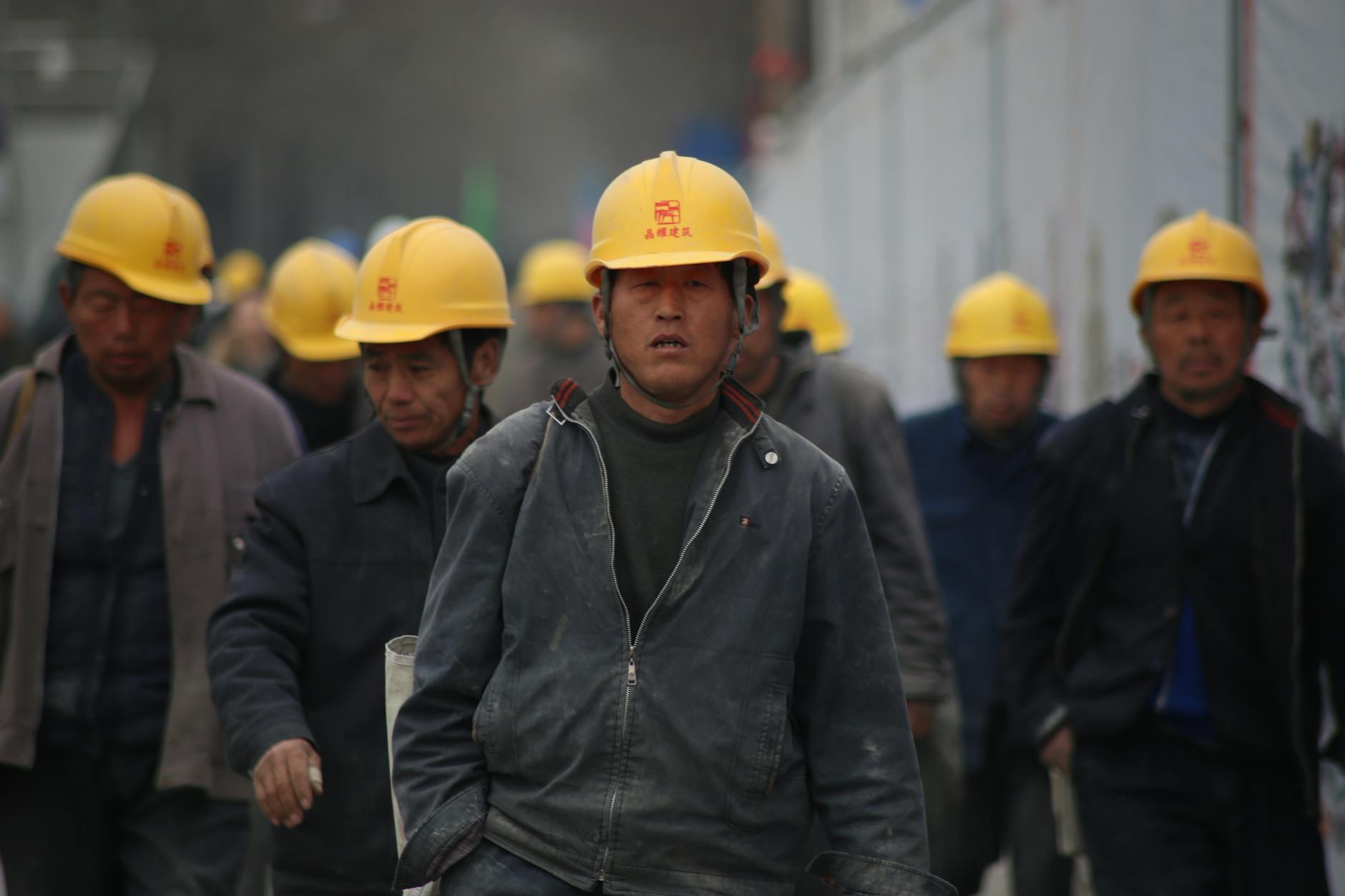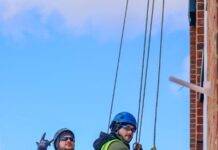
Hard Hats: Type I vs Type II – Which Offers Better Protection?
Introduction
Hard hats are a critical component of personal protective equipment (PPE) in construction, mining, and industrial workplaces. They protect workers from head injuries caused by falling objects, electrical hazards, and impacts. The American National Standards Institute (ANSI) and the International Safety Equipment Association (ISEA) classify hard hats into two main types: Type I and Type II.
Choosing the right hard hat is essential for maximum safety. But which type offers better protection—Type I or Type II? This article explores their differences, applications, and which one may be best suited for your work environment.
Type I vs Type II Hard Hats: Key Differences
Type I Hard Hats
- Primary Protection: Designed to protect against impacts to the top of the head (vertical impacts).
- Common Uses: Construction, roofing, and general industrial work where objects may fall from above.
- Limitations: Does not provide significant protection from side impacts.
Type II Hard Hats
- Primary Protection: Protects against both top and side impacts (vertical and lateral).
- Common Uses: Oil and gas, forestry, and environments where workers may hit their heads against fixed objects.
- Additional Features: Often includes extra padding and a more secure suspension system.
Which One Offers Better Protection?
- Type I is sufficient for environments where the main risk is falling objects.
- Type II provides superior protection because it guards against impacts from multiple angles, making it ideal for high-risk workplaces.
Conclusion
Both Type I and Type II hard hats serve important safety functions, but Type II offers better overall protection due to its ability to withstand impacts from multiple directions. The best choice depends on your work environment and the specific hazards you face. Always ensure your hard hat meets ANSI/ISEA standards and replace it after any significant impact or every 5 years (whichever comes first).
PPE vs Engineering Controls – Which is More Effective?
Advanced Personal Protective Equipment (PPE)
Personal Protective Equipment Usage and Maintenance
10 Personal Protective Equipment and Their Uses
FAQs
What is the main difference between Type I and Type II hard hats?
Type I hard hats are designed to protect against impacts to the top of the head (vertical impacts), while Type II hard hats provide protection against both top and side impacts (vertical and lateral).
Can I use a Type I hard hat instead of Type II?
Only if your workplace hazards are limited to falling objects from above. If there’s a risk of side impacts (such as bumping into fixed objects or swinging equipment), a Type II hard hat is required for better protection.
Do Type II hard hats cost more than Type I?
Generally, yes—Type II hard hats are more advanced, often featuring enhanced suspension systems and additional padding, which can make them slightly more expensive than Type I.
How often should I replace my hard hat?
ANSI recommends replacing hard hats:
- Every 5 years (even with no visible damage).
- Immediately after a severe impact (even if no cracks are visible).
- If the shell shows signs of cracking, fading, or deformation.
Are there hard hats that combine both Type I and Type II protection?
No, hard hats are classified as either Type I or Type II based on their impact protection capabilities. However, some models may meet additional standards (like electrical resistance) while still being categorized as Type I or II.
Do Type II hard hats meet OSHA requirements?
Yes, as long as they are ANSI/ISEA-compliant, they meet OSHA standards for head protection. Always check for the ANSI Z89.1 certification label inside the hard hat.
Can I wear a hard hat backwards?
Some hard hats are reverse-wear compatible, but only if they are specifically marked as such. Always check the manufacturer’s guidelines—wearing a non-reversible hard hat backwards can reduce its effectiveness.
What’s the difference between Class E, G, and C hard hats?
- Class E (Electrical): Rated for up to 20,000 volts (high-voltage protection).
- Class G (General): Rated for up to 2,200 volts (low-voltage protection).
- Class C (Conductive): No electrical protection; used where electrical hazards are not a concern.
Do hard hats expire even if they look fine?
Yes, due to UV exposure, temperature changes, and material degradation, hard hats lose effectiveness over time. ANSI recommends replacement every 5 years, regardless of visible wear.
Can I paint or put stickers on my hard hat?
- Paint: Only use water-based paints—solvent-based paints can weaken the shell.
- Stickers: Avoid placing them near the edges, as they can hide cracks. Follow manufacturer guidelines to ensure safety isn’t compromised.
Are bump caps the same as hard hats?
No—bump caps only protect against minor bumps and scrapes, not falling objects or heavy impacts. They are not ANSI-certified as hard hats and should not be used in high-risk environments.
Does a Type II hard hat make my head hotter?
Since Type II hard hats often have more padding and a tighter fit, they may feel slightly warmer than Type I. However, many modern designs include ventilation options for comfort.
Can I use a winter liner with my hard hat?
Yes, but ensure the liner is ANSI-approved and does not interfere with the suspension system. Never modify the hard hat in a way that compromises its safety rating.
What’s the best way to clean a hard hat?
Use mild soap and water—avoid harsh chemicals, solvents, or abrasive cleaners that could damage the shell.
By understanding these key questions, you can make an informed decision about which hard hat provides the best protection for your job. Stay safe!
























